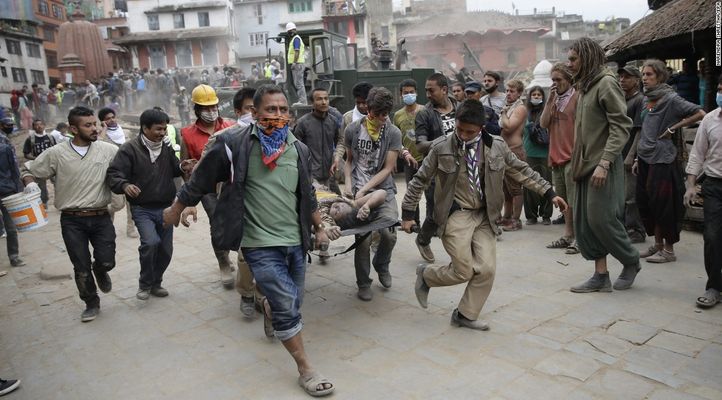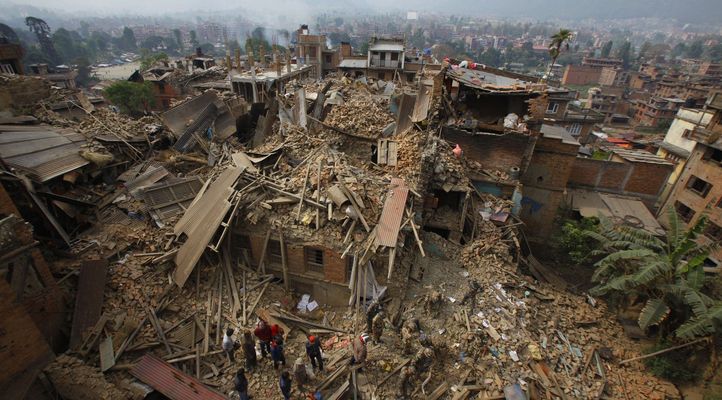What Are Exoplanets And How NASA Detects Life Beyond Our Solar System
Bharti Airtel Set To Acquire Telenor India Within This Year
Google Celebrates NASA’s Discovery Of Seven Earth-Like Planets With An Animated Doodle
Some Home Remedies That Might Sound Bizarre But Actually Work Like A Charm
Akshay Kumar Feels He Has Made Enough Money, Now Wants To Focus On Content & Characters
Delhi ATM Dispenses Fake Rs 2000 Notes From ‘Childrens Bank of India’ With ‘Churan Lable’
Adolf Hitler’s Personal Telephone During World War II Is Up For Auction In The US
From Salman Khan To Rekha, Neil Nitin Mukesh’s Wedding Reception Was Quite A Starry Affair
Nepal Experiences A 7.0+ Magnitude Earthquake Every 75 Years. Why Does This Happen?
On Saturday, April 25 a devastating earthquake hit Nepal. It has taken the lives of 3,726 people and injured 6,538 individuals, as of Monday 5pm, not to mention the irreversible damage done to the country's infrastructure. Hundreds of buildings have crumbled with the force of the quake. Durbar Square, a UNESCO world heritage site has been reduced to rubble. The famous Dharahara Tower has been toppled to leave just a stump. Nepal is used to quakes - it is one of the most seismically active regions in the world. You only have to look to the Himalayas for proof.
A boiling pot of water
"Earthquakes dissipate energy, like lifting the lid off a pot of boiling water," said Dr. Chan. "But it builds back up after you put the lid back on."
Despite the seeming regularity of earthquakes in Nepal, it is not possible to predict when one will occur. The Earth's tectonic plates are consistently moving. Some faults relieve the energy through earthquakes, others do so quietly.
Initial estimates of casualties of an earthquake like this will tend to be low, however, they will continue to build as more information comes in. In this case, the final number is estimated to be quite high, not only because of the magnitude of the quake, but also the results of the aftershocks. Most were recorded as fours and fives, however, one reached 6.7 on the richter scale.
The aftershocks can have a major effect on infrastructure. A building that has been damaged by the quake can be brought to rubble from the aftershock. The assessment in Nepal is that much of the population live in houses that are highly vulnerable to earthquake shaking. They are usually made of un-reinforced brick and the like.
This quake comes at a delicate time for Nepal. It has recently emerged from a long-running civil war and its economy has been improving steadily. It is currently one of the poorest countries in the world, with a per capita income of $1,350. It is no wonder then that most people live in buildings which are unable to withstand the strength of such a strong quake. At this time, one can only hope that Nepal is getting all the help it can.
"Some areas, like Nepal, release energy as a large earthquake, once in a while," said Dr. Chan. "These regions all have different natures for reasons geologists don’t really know."






